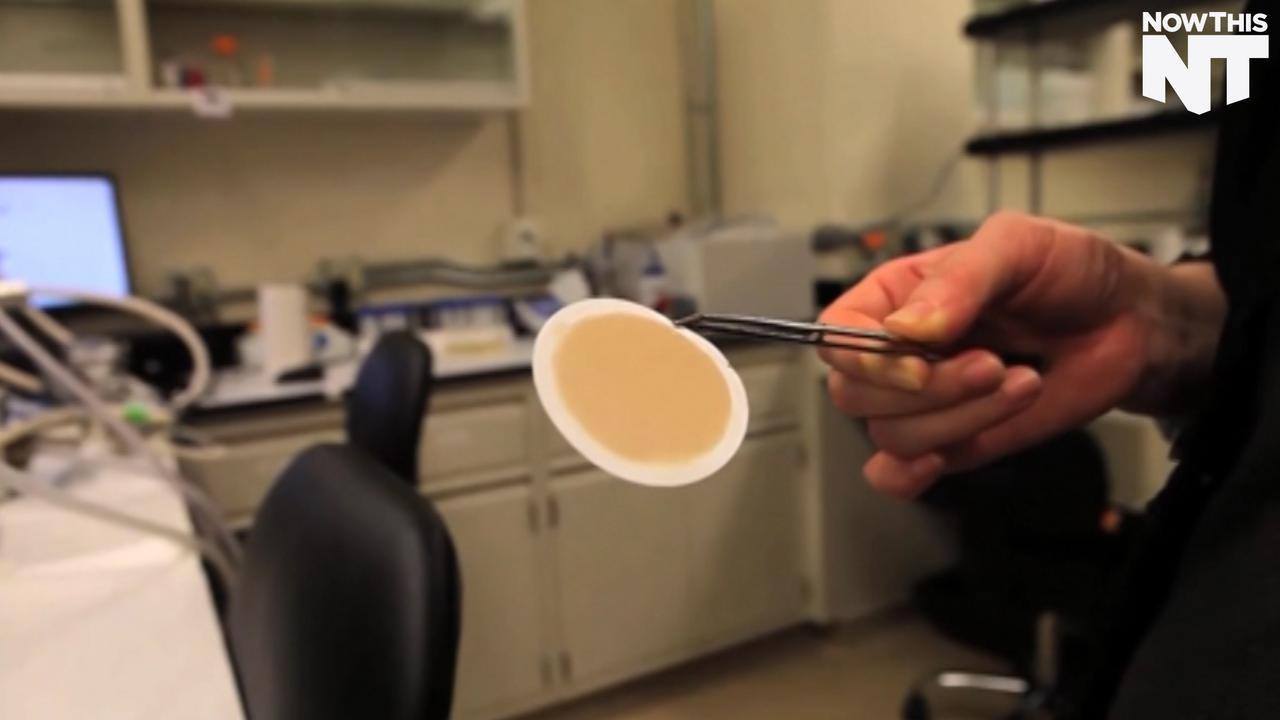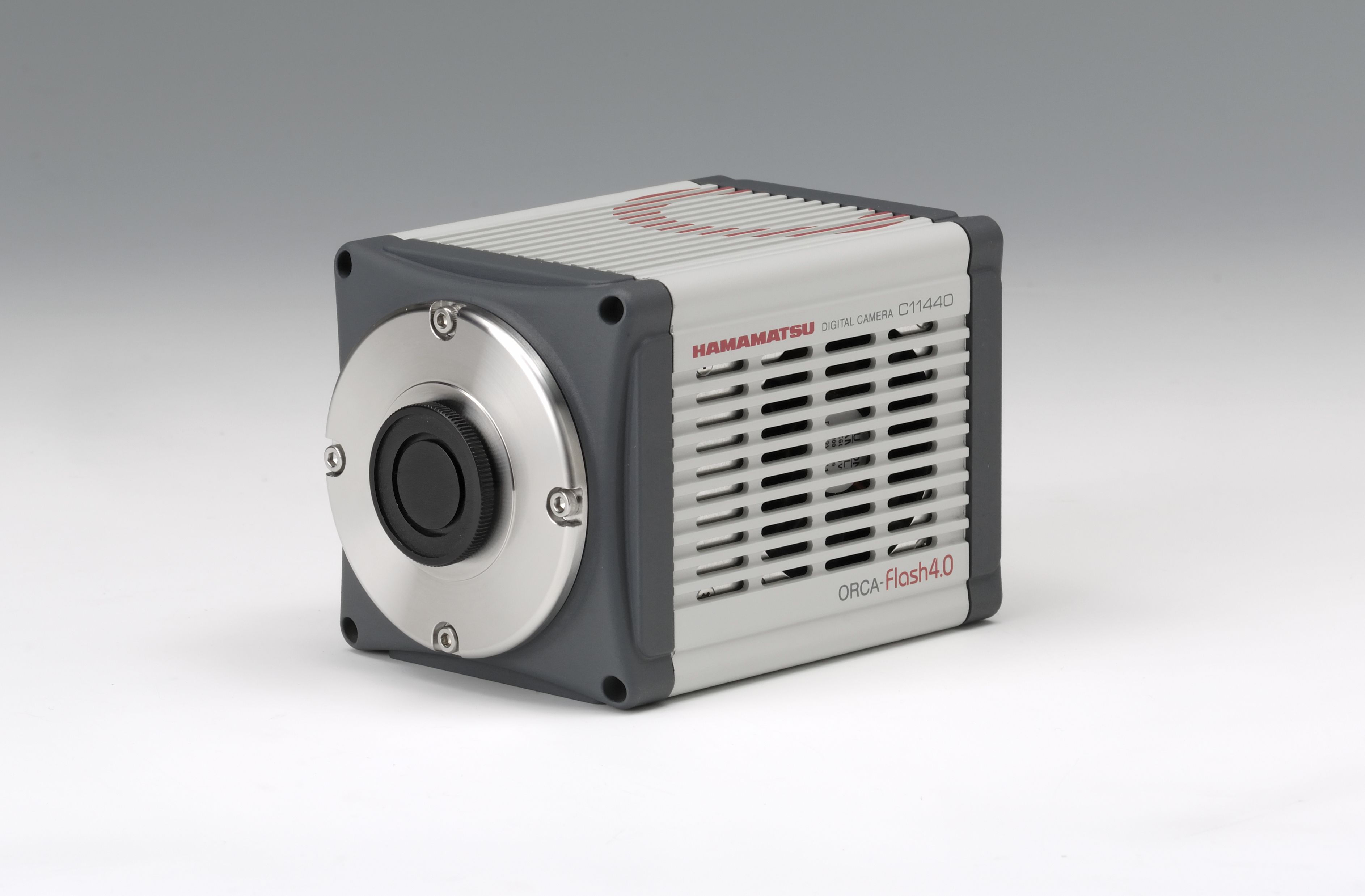New technology is making water filters cheaper and safer.



Another great invention by the folks from Australia.
Researchers said they developed the new thinnest lens in the world. Made from a crystal called molybdenum disulphide, the new lens is 2,000 thinner than a human hair and can revolutionize the field of nanotechnology. (Photo : Gerd Altmann | Pixabay)
A team of Australian scientists said they have developed the thinnest lens in the world. The new 6.3-nanometer lens, which is 2,000 times thinner than a human hair, can lead to novel advances in medicine and science which could revolutionize nanotechnology.
Putting that in perspective, the previous thinnest lens was 50 nanometers thick. The new world’s thinnest lens was created by a team of scientists lead by The Australian National University’s Dr. Yuerui ‘Larry’ Lu.

Abstract: Since the 17th century, science was intrigued by the nature of light. Isaac Newton was certain that it consists of a stream of particles. His contemporary Christiaan Huygens, however, argued that light is a wave. Modern quantum physics says that both were right. Light can be observed both as particles and as waves — depending which characteristic is measured in an experiment, it presents itself more as one or the other. This so-called wave-particle dualism is one of the foundational principles of quantum physics. This questions our common sense: can one and the same indeed be of two contradictory natures at the same time?


Futurist Ray Kurzweil talks with StarTalk Radio’s Neil DeGrasse Tyson about the expansion of the human brain that he predicts will happen in the 2030’s.
Subscribe for more videos like this: http://bit.ly/1GpwawV
Facebook: http://facebook.com/92ndStreetY
Twitter: https://twitter.com/92Y
Tumblr: http://92y.tumblr.com/
Instagram: http://Instagram.com/92ndStreetY
Vine: https://vine.co/92Y
On Demand: http://www.92yondemand.org

Digital CMOS camera with QE technology with improved photon detection capabilities — now this should interest to many medical departments, researchers, and even for security checkpoint screening.
Hamamatsu Corporation has again raised the bar in scientific CMOS camera performance with the 2016 version of the ORCA-Flash4.0 V2. The increased quantum efficiency (QE), now at a peak of 82%, increases the likelihood of detecting the faintest of signals, helping to answer the question “Is it there?” And, for brighter samples, higher QE translates into shorter exposure times without sacrificing image quality. The ORCA-Flash4.0 V2 opens up new possibilities for imaging in low conditions and improves signal to noise at all light levels.
Since its introduction and evolution, the ORCA-Flash4.0 series has become the favorite scientific CMOS camera of investigators everywhere, powering cutting-edge imaging research in every field from biology and chemistry to astrophysics and nanotechnology. The widespread appeal is due to the vast array of high-performance features: low read noise, large field of view, high dynamic range and fast frame rates. The newly enhanced QE of the “Flash V2” only serves to increase the power and versatility of this game-changing camera.
The ORCA-Flash4.0 V2 is available and shipping now. What breakthrough will you make with your extra photons?


New funding awarded by DARPA on new spinal implants; this should make some commercial pilots that I know happy.
Carmel, IN-based startup Nanovis is no stranger to nabbing research grants. It’s just nabbed one from the National Institutes of Health for preclinical research on the use of its porous Forticore interbody fusion devices in combination with nanotube technology. The combination is expected to result in a surface that mimics nature and encourages regeneration around an implant.
Nanovis has previously gotten 8 competitive peer-reviewed grants from the NIH and other research organizations; this is its second NIH grant. In September 2014, it got FDA clearance for its FortiCore interbody fusion devices and then last October it launched an expanded FortiCore line.
“Gaining the attention and support of the NIH for Nanovis’ technology platforms and research is gratifying,” said Nanovis CEO Matt Hedrick in a statement. “Our deeply porous FortiCore interbody fusion device are increasingly being adopted by leading surgeons and hospital networks driving accelerated company growth. As we progress forward, we continue to invest in the fundamental science at the core of our uniquely differentiated technologies. Grants from the NIH help us continue to discover potential applications to improve the future of healthcare.”


Knowledge of how DNA folds and bends could offer new perspective on how it is handled within cells while also aiding in the design of DNA-based nano-scale devices, says a biomedical engineer at Texas A&M University whose new motion-based analysis of DNA is providing an accurate representation of the molecule’s flexibility.
The model, which is shedding new light on the physical properties of DNA, was developed by Wonmuk Hwang, associate professor in the university’s Department of Biomedical Engineering, and his Ph.D. student Xiaojing Teng. Hwang uses computer simulation and theoretical analysis to study biomolecules such as DNA that carry out essential functions in the human body. His latest model, which provides a motion-based analysis of DNA is detailed in the scientific journal ACS Nano. The full article can be accessed at http://pubs.acs.org/doi/abs/10.1021/acsnano.5b06863.
In addition to housing the genetic information needed to build and maintain an organism, DNA has some incredibly interesting physical properties that make it ideal for the construction of nanodevices, Hwang notes. For example, the DNA encompassed within the nucleus of one human cell can extend to four feet when stretched out, but thanks to a number of folds, bends and twists, it remains in a space no bigger than one micron – a fraction of the width of a human hair. DNA also is capable of being programmed for self-assembly and disassembly, making it usable for building nano-mechanical devices.